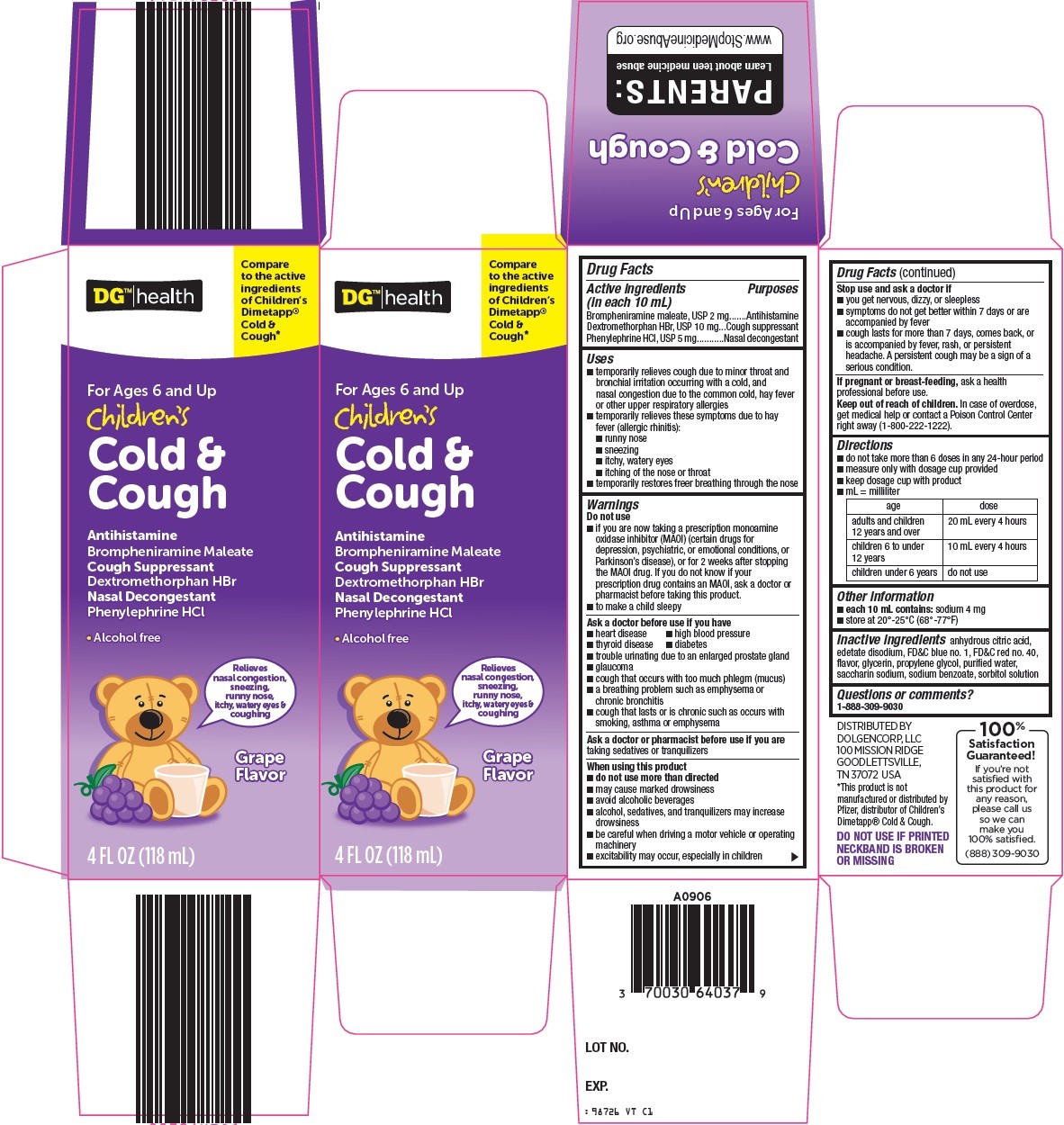
Contents
- 1 brompheniramine/dextromethorphan/phenylephrine
- 1.0.1 Warnings
- 1.0.2 What are the side effects of brompheniramine/dextromethorphan/phenylephrine?
- 1.0.3 What are the dosages of brompheniramine/dextromethorphan/phenylephrine?
- 1.0.4 Overdose
- 1.0.5 What drugs interact with brompheniramine/dextromethorphan/phenylephrine?
- 1.0.6 What else should I know about brompheniramine/dextromethorphan/phenylephrine?
- 1.0.7 Summary
brompheniramine/dextromethorphan/phenylephrine
Brompheniramine/dextromethorphan/phenylephrine is a combination drug used to relieve symptoms of the common cold, flu, hay fever, allergies, and respiratory conditions such as sinusitis and bronchitis. The medication temporarily relieves symptoms such as cough, runny nose, nasal congestion, sneezing, itchy throat, and watery eyes due to irritation, and makes breathing easier. The drug is available over the counter (OTC) in the U.S.
Each medication in the combination works in a different way, and when combined they are more effective in relieving symptoms.
- Brompheniramine blocks histamine activity, reducing allergy symptoms. It prevents activation of histamine H1 receptors in blood vessels, respiratory tract, and gastrointestinal tract, preventing allergic reactions.
- Dextromethorphan reduces cough sensitivity in the brain, suppressing cough reflex and preventing cough impulses.
- Phenylephrine stimulates alpha1 adrenergic receptors, causing the contraction of smooth muscles around blood vessels. This reduces nasal and bronchial congestion.
Warnings
- Do not use brompheniramine/dextromethorphan/phenylephrine if you are hypersensitive to any of the components in the formulation.
- Avoid using the medication if you have severe hypertension, coronary artery disease or ischemic heart disease, during an acute asthma attack, in the treatment of asthma or other lower respiratory tract conditions, narrow-angle glaucoma, urinary retention, peptic ulcer, chronic obstructive pulmonary disease (COPD), shortness of breath, difficulty breathing, high blood pressure, cardiovascular disease, diabetes mellitus, thyroid disease, difficulty in urination due to prostate enlargement, or a history of bronchial asthma, narrow-angle glaucoma, gastrointestinal obstruction, or urinary bladder-neck obstruction.
QUESTION
What are the side effects of brompheniramine/dextromethorphan/phenylephrine?
Common side effects include dry mouth, nose and throat, thickening of mucus in nose and throat, drowsiness, dizziness, headache, excitability, restlessness, high blood pressure, reflex increase in heart rate, and constriction of peripheral and abdominal blood vessels.
Call your doctor immediately if you experience any of the following symptoms or serious side effects:
- Serious heart symptoms include fast or pounding heartbeats, fluttering in your chest, shortness of breath, and sudden dizziness;
- Severe headache, confusion, slurred speech, severe weakness, vomiting, loss of coordination, feeling unsteady;
- Severe nervous system reaction with very stiff muscles, high fever, sweating, confusion, fast or uneven heartbeats, tremors, and feeling like you might pass out; or
- Serious eye symptoms include blurred vision, tunnel vision, eye pain or swelling, or seeing halos around lights.
Contact your doctor for medical advice about serious side effects or adverse reactions. You may also report side effects or health problems to the FDA at 1-800-FDA-1088.
What are the dosages of brompheniramine/dextromethorphan/phenylephrine?
Oral Solution: 1 mg/5 mg/2.5 mg/5 mL
Relief of Cold Symptoms:
Adult: 4 teaspoons (20 mL) orally every 4 hours; not to exceed 120 mL/24 hours
Pediatric:
Children below 6 years: 2 teaspoons (10 mL) orally every 4 hours
Children 6-12 years: 2 teaspoons (10 mL) orally every 4 hours
Children above 12 years: 4 teaspoons (20 mL) orally every 4 hours
Overdose
- Overdose can cause severe adverse reactions with symptoms that include agitation, confusion, flushing, hallucinations, large pupils, muscle twitching, and seizures.
- In children, the drug may initially have an excitatory effect, which may be followed by loss of coordination, drowsiness, loss of consciousness, and seizures.
- Overdose treatment may involve supportive and symptomatic care.
What drugs interact with brompheniramine/dextromethorphan/phenylephrine?
Inform your doctor of all medications you are currently taking to check for possible drug interactions.
- Severe interactions of brompheniramine/dextromethorphan/phenylephrine include: iobenguane I 123, isocarboxazid, linezolid, phenelzine, procarbazine, rasagiline, selegiline transdermal, safinamide, selegiline, and tranylcypromine.
Consult your healthcare provider before taking any OTC drug if you are pregnant or breastfeeding.
What else should I know about brompheniramine/dextromethorphan/phenylephrine?
Take brompheniramine/dextromethorphan/phenylephrine as prescribed or according to label instructions. Do not exceed recommended doses.
Stop taking the medication and see your physician if your symptoms include fever, rash, or persistent headache, cough persists for more than 1 week or is accompanied by fever, rash, or persistent headache, or if you develop sleeplessness, nervousness, or dizziness.
By clicking Submit, I agree to the MedicineNet’s Terms & Conditions & Privacy Policy and understand that I may opt out of MedicineNet’s subscriptions at any time.
Summary
Brompheniramine/dextromethorphan/phenylephrine is an over-the-counter (OTC) cold medication used to relieve symptoms of the common cold, flu, hay fever, allergies, and respiratory conditions such as sinusitis and bronchitis. The combo medication temporarily relieves symptoms such as cough, runny nose, nasal congestion, sneezing, itchy nose or throat, and itchy/watery eyes due to minor throat and bronchial irritation, and makes breathing easier. Do not use concurrently with other sedative drugs or alcohol. Common side effects of brompheniramine/dextromethorphan/phenylephrine include dry mouth, nose, and throat; thickening of mucus in nose and throat, drowsiness, dizziness, headache, excitability, restlessness, high blood pressure (hypertension), reflex increase in heart rate (tachycardia), and constriction of peripheral and abdominal (visceral) blood vessels.


